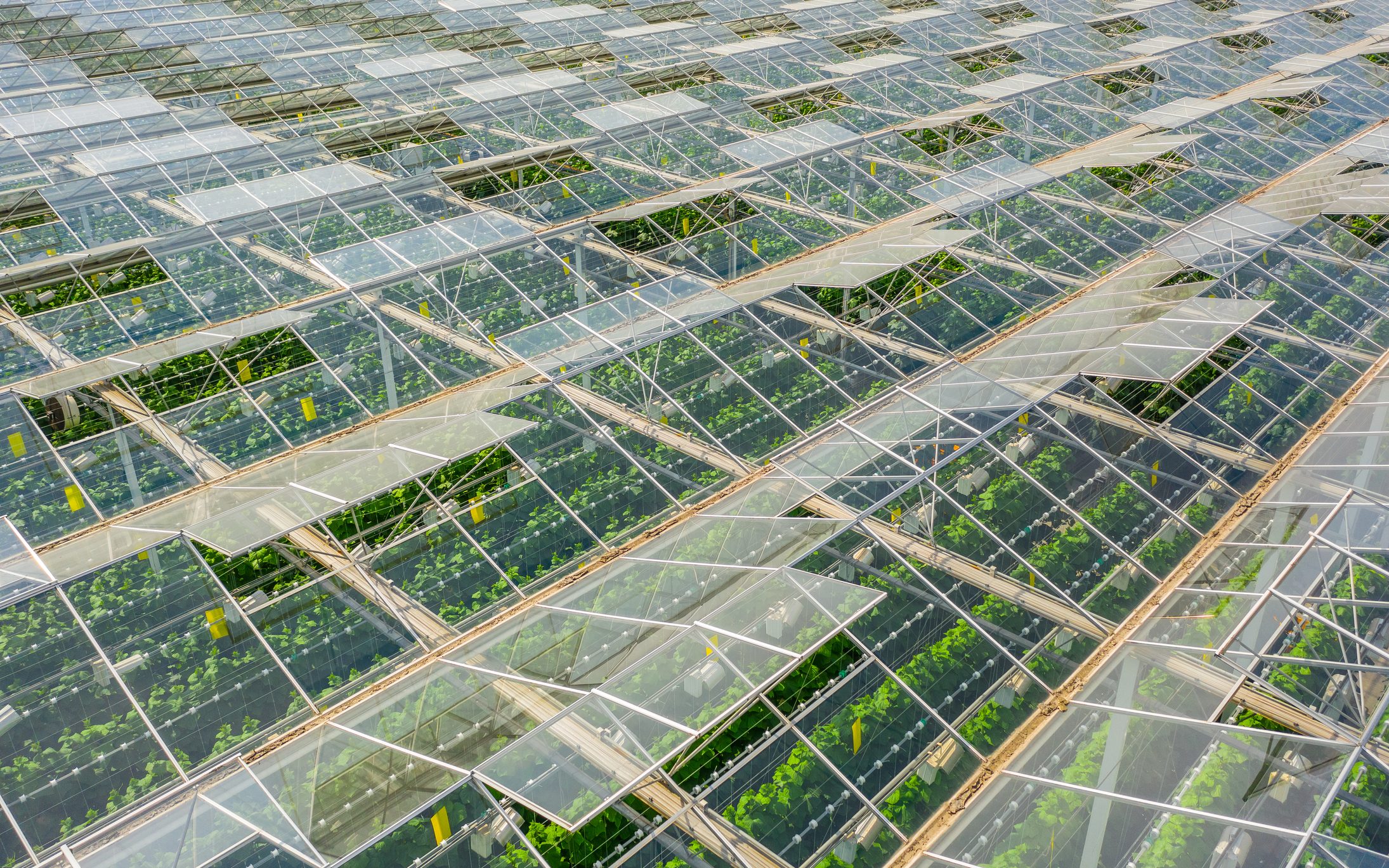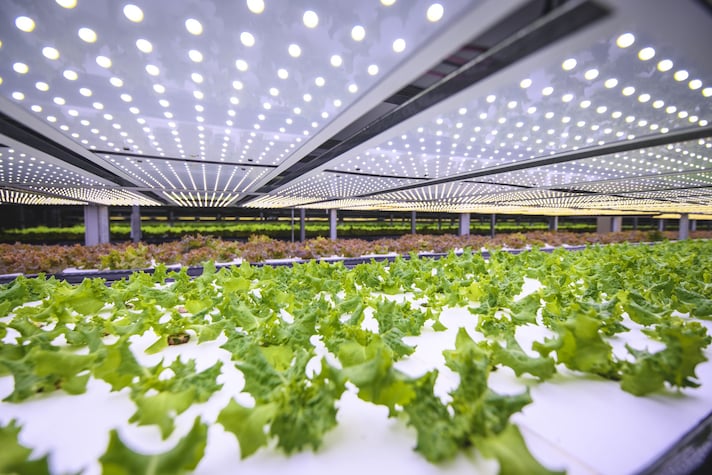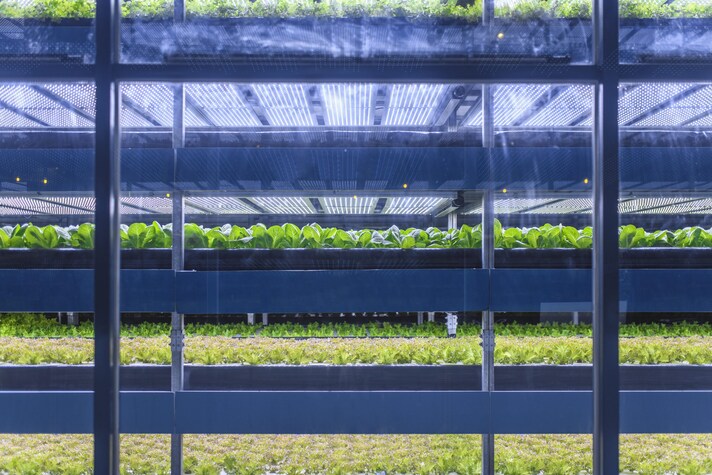;)
While many would argue that water is a limited resource, some say that it’s just because we’re looking in the wrong place. While it is true that our fresh water supply is limited, we have an endless supply of salty seawater. This, together with the free resource of sunlight, inspired one organization to take a new approach to sustainable agriculture.
For the past few years, Charlie Paton and his team at Seawater Greenhouse, have worked with farmers in hot and dry coastal regions, which would otherwise be unsuitable for farming. They use two abundant resources – the sun and seawater – to build efficient greenhouse, growing foods like cucumbers, tomatoes, and even raspberries. Innovative ways of desalination and solar-powered greenhouses mean they can create the ideal growing conditions, while keeping the economic and environmental impact to a minimum. But how exactly do they do this?

You might remember from your elementary school class, that plants transpire. This means as they grow, they evaporate water through their leaves. And in hot, dry conditions, they lose water rapidly. This is not a good thing if you have limited access to water. So what the folks at Seawater Greenhouse do, is recreate a cool, humid climate inside a greenhouse. This means plants lose less water, and therefore need less irrigation. It’s of course all made possible with innovative technology.
The fans they use, push air through pads of water, which creates not only a humid environment, but decreases the temperature level to about 59°F (15°C). Unlike the conventional greenhouses however, the ones at Seawater Greenhouse use seawater, and Paton says it’s actually more efficient in doing the job. It’s no wonder really. Salt water has a higher boiling point and lower freezing point that fresh water, which makes it very effective for evaporative cooling.

Don’t think that leftover brine is simply dumped back into the ocean. With their focus on sustainability, they transform this leftover brine into salt! With innovations like these, the possibilities for food production are endless. It takes abundant resources like seawater, sunlight, and desert land, to provide food in a sustainable way!
;Resize,width=767;)
